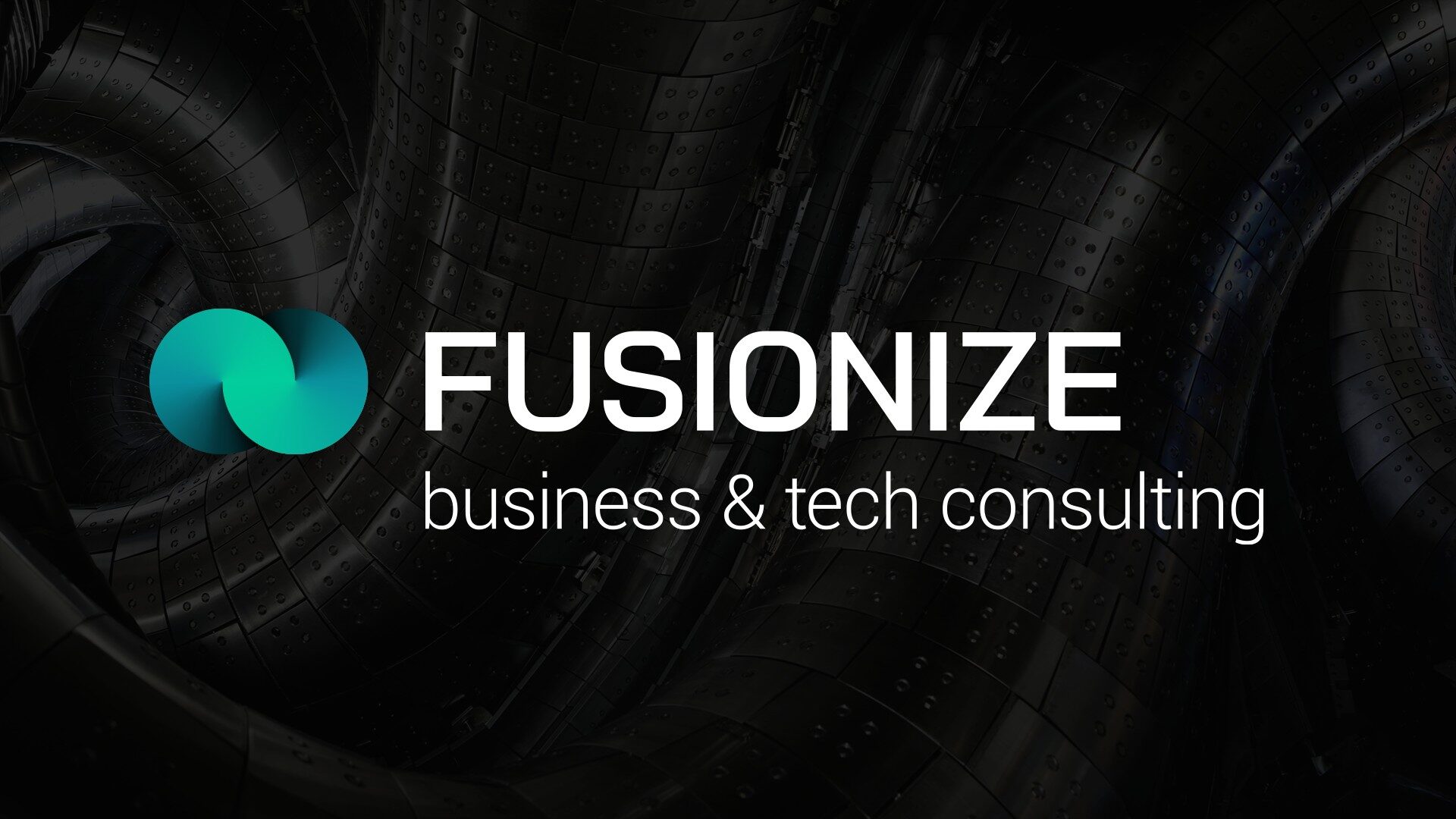Our company plans to provide technological, business and financial consulting services related to fusion industry and technology. The reason for all three is that in the currently explosively growing and developing fusion industry, companies are almost exclusively technologically focused, but the part of technology-related business development/marketing is considered a less developed feature. Therefore, in addition to developing a software solution focusing on specific fusion technology trends, we combine them by compiling their cost structure and presenting marketing opportunities to make the service comprehensive.
Potential customers can be companies planning to invest in the fusion industry, to whom we can provide crutches with the aforementioned service, and technology companies that need more marketing/business development and financial legs.

Overall, we see that in relation to the industry, in addition to the rapid development, there is also a “dilution,” i.e., many unusable/futureless solutions or other technological/entrepreneurial initiatives, which is why we would like to help provide greater transparency and advice to the relevant actors.
We aim to be the guide in today’s industry and landscape of fusion.
We ensure that we find the right opportunities and define projects for investors and other interested parties.
We aim to connect market and governmental players and other research parties to ensure the advancement of the industry.
We aim to build, in every case, a fitting project for the clients which will meet their predefined goals.
Learn more about how we support investors and start-ups in navigating the fusion landscape
Understanding the needs, preferences and goals of the client. Specify expectations.
Collect and evaluate all possible fusion devices and projects available on the private, national and international scene, by evaluating fuel cycle, ignition and neutron budget.
Develop methodology to quantitatively compare feasible fusion projects based on preliminary: plasma physics assessment, technological maturity, financial cost estimate.
Assist the client in shortlisting preferred investment strategies. Perform a technological deep dive by exploring in depth all weak points. Perform a detailed cost benefit analysis.
Assess any shortcoming and risks attributed to each investment strategy. Identify possible solutions and improvements to overcome the weak points in each investment strategy.
Help client choose the most suitable investment strategy to its needs.
Generate a tailored investment roadmap for the client. Define tasks, timelines and costs for their completion.
Per case-by-case basis we can provide assistance in the implementation of the project. If required further experts from our professional network can be
involved.
Any player currently looking to establish themselves in the fusion industry will develop products for which there is not yet or a scarce demand, requiring product diversification
Assist in the development and streamlining of the IP, identify potential markets and build a business case for the product, attract investors.
Assist in the prototype to production process by streamlining manufacturing and supply chains, as well as identifying additional markets and upgrading the product business case.
Assist in solving any scaling problems related to manufacturing, production or market development. Seek out new markets for sub- component or upgraded product versions.
Help the client develop multiple streams of revenue utilizing and in-house developed IP or prototypes for their reactor concept.
Assist in streamlining existing supply chains and manufacturing processes.
Assist in reactor development, optimization or manufacturing processes.
Help client to be in compliance with current regulatory and licensing requirements.
Help clients develop fusion spin-offs to grow the fusion industrial landscape.
Per case-by-case basis we can provide assistance in the implementation of the project. If required further experts from our professional network can be involved.